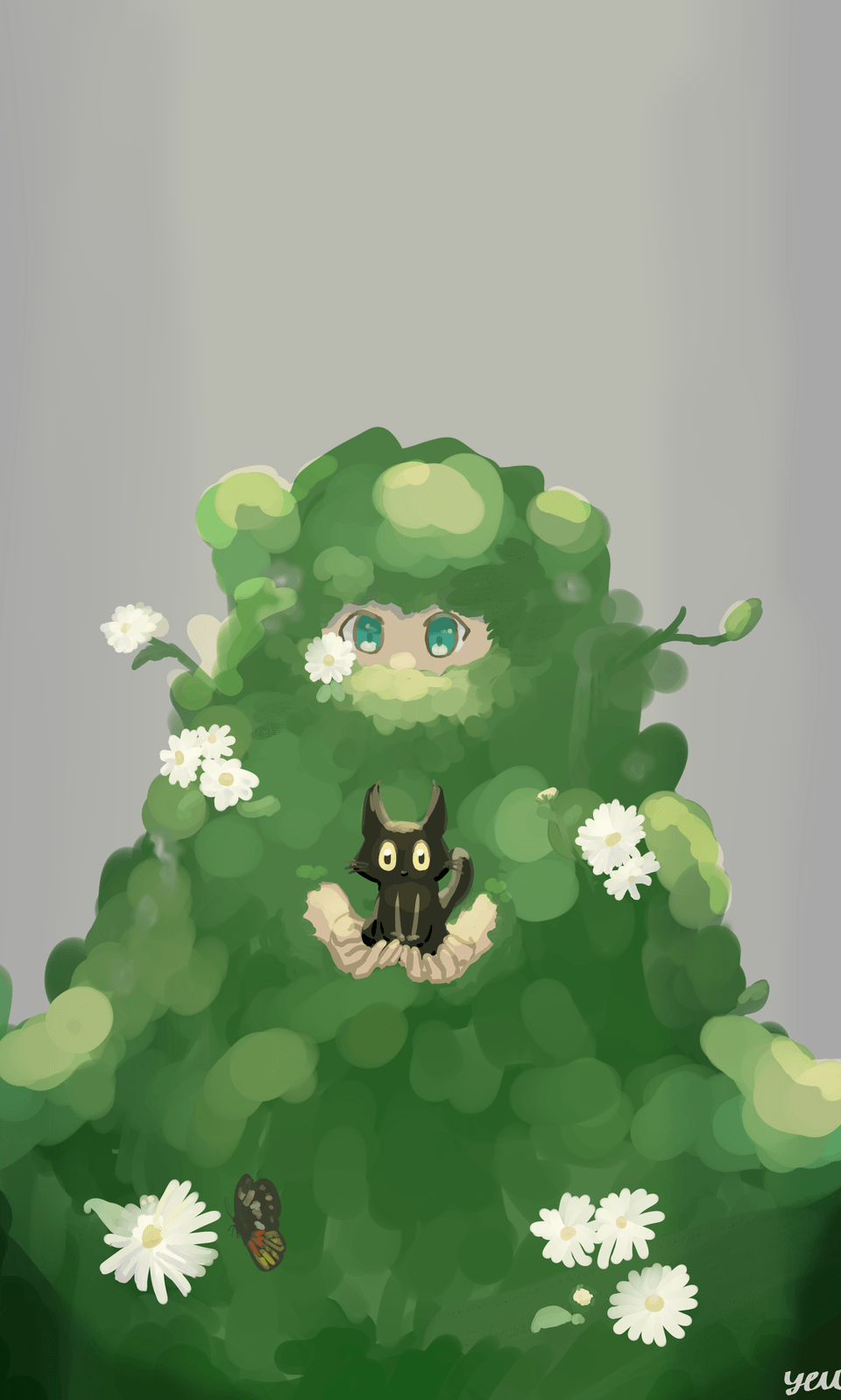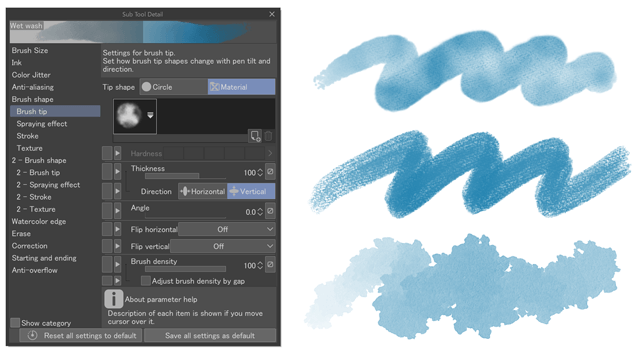Dynamic Posing for Combat!
INTRODUCTION
When you can't find the perfect reference for your character's pose and you want to take matters into your own hands, drawing poses from your imagination is your best friend and worst enemy. How you remember the human body can work against you and you might encounter anatomical problems that can take years of study in order to get it right. However, in this tutorial, we will not dive into such technical detail. Instead, we will apply 3 concepts that will help you achieve poses teeming with life and action without needing to memorize a plethora of poses... or collecting different references for each body part. These are the three illustration concepts you can use for creating convincing combat poses from scratch: Contrapposto, Composition, and Camera.
THE CONTRAPPOSTO
Before defining what contrapposto is, I would like to first explain the horizontal axis of the torso. Let us imagine the Head + Torso represented as three major components.
1.) Head
2.) Rib cage
3.) Pelvis
When drawing the body, it is always important to visualize the body parts into basic shapes such as spheres, boxes, and cylinders. Here, I simpified the Head, Ribcage and Pelvis into a carved sphere, box, and a smaller stumpier box, respectively.
What is a horizontal axis? Now, each of these 3 components has a horizonal axis.
Imagine an arrow hits the side of the head, goes through the other side and is stuck midway; that is the horizontal axis. The vision is gruesome, but this axis remains pointed in both ends and follows the orientation of your head the same way an arrow moves along if it was embedded through your brain.
When the body is at rest, our three horizontal axes of the head, ribcage, and pelvis, are parallel to each other.
The abridged idea of the contrapposto is that you tilt these horizontal axes so that they project and form a seemingly zigzag pattern.
Applying this pattern to the orientation of the body removes the "stiffness" that usually appears in poses.
Why does this happen? The science behind this shifting of axes is the result of putting one's entire weight on one leg. Characters drawn with this concept tend to feel more alive and reveals flows of action.
Even when applied subtly to your poses, the effects of contrapposto can still be very much felt.
COMPOSITION
What constitutes a dynamic pose mostly revolves around the marriage of the contrapposto of the torso and limbs as the latter flow out to complete the action. The action of the limbs determine what the character is doing. Technically, you can use the same pose of the torso, but different for the limbs and the result will yield entirely distinct poses; what they do is up to your artistic decisions.
During the sketching phase, utilizing compositional shapes helps you create interesting poses. A long-time favorite is the triangle.
When the limbs move outward, it often creates a triangular composition shape. Triangles make for an easily readable pose.
This shape becomes accentuated with weapons, too!
The next tip under composition is about balance and weight. This principle works in tandem with contrapposto.
A factor that significantly influences the appeal of a pose is the balance. If your character looks like it is about to fall over, it does not look as engaging.
In this example, the left figure feels more balanced compared to the right one.
If one side is heavier than the other, we counter it by distributing a similar amount of weight on the opposite side.
CAMERA
Now, to be truthful, camera or point of view is under the umbrella of composition along with the dreadful subject of perspective. However, I will be repackaging the topic as camera placement to make things more comprehensive for this rather short tutorial.
We have learned how to pose the body accordingly, how to make it appealing and everything. Finally, we take it a step further and add the icing on top: storytelling.
You could be watching someone dance on the same ground as you...
... or be a worm spectating two swordsmen fight it out...
Deciding where your camera is is what adds emotional impact to your poses.
For example, let us demonstrate camera placement using one pose.
For the figure on the left, placing a camera at eye level suggests equal standing. It can also be interpreted as accommodating and friendly.
As for the right figure, placing a camera at a low angle helps your character exude dominance or might.
That's it! We have reached the end of this tutorial! Capturing the very soul of your character via posing takes a lot of patience and experimentation. When you find yourself at an impasse, always remember that you can always take inspiration from other poses. Keep these 3 C’s in mind when drawing the figure. Reference whenever you can.
EXTRA TIP
Overlap your lines. Having your lines overlap on top of the other creates depth.
Foreshorten. The farther things are from your eye, the smaller they get. Conversely, the closer the object is to the eye, they get bigger.
DISCLAIMERS
Using references is always encouraged especially when entering unfamiliar territory and is not by any means a detriment to an artist’s integrity. Keen observation is a must prior to drawing from imagination.
Drawing from imagination requires constant practice and visual training and can take many years before it can be perfected. It is more of a memory exercise rather than a measure of one’s ability to draw. Do not be too hard on yourself and when in doubt, use references!
Thank you for taking the time to read my tutorial!
























댓글